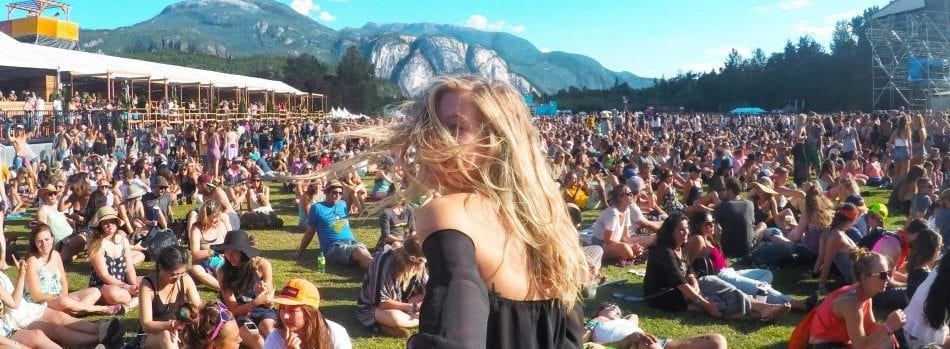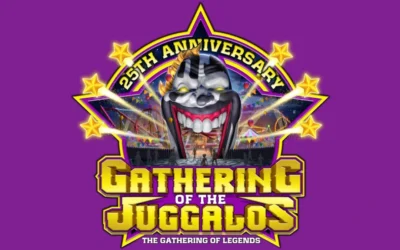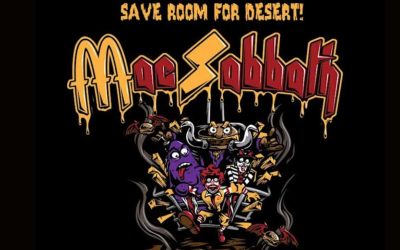By Jason Thomas, CEO of Tappit
With COVID-19 continuing to have an impact on events for the foreseeable future, it’s safe to say that concerts and festivals, as we have known them, will not be happening anytime soon. However, promoters and organizers around the world are finding new ways to bring back live events faster than anyone could have imagined.
While shows simply cannot resume as they did in the past, there are creative ways to stay relevant by hosting events and engaging with fans from afar. In fact, some of these innovations being made in the music industry may prove to result in significant advantages for the artists and promoters who are devoted to staying in the game. And when crowded music events are given the green light to carry on, the implementation of cashless systems will be key in order to achieve the safest and most enjoyable fan experiences.
Concerts and festivals in their usual setting have been put on pause — but artists are just getting started.
While nothing beats enjoying a musician performing in a live venue alongside thousands of fans, that doesn’t mean music lovers aren’t receptive to virtual or distanced events. The artists who make the effort to initiate and perform at events happening during these difficult months will see their efforts pay off post-COVID-19 by ensuring fan loyalty now, which will — in turn – create devoted fans for life.
Throughout the pandemic, many artists have been performing livestream concerts to keep fans engaged from afar.
Some artists have been utilizing their livestreams to do more than just put on a show for fans — this spring, David Guetta set the stage for organizing livestream fundraising events. He has held two successful livestream events in Miami and New York, where fan donations made during the live shows went to benefit a handful of organizations, including the World Health Organization (the WHO). Next month, Hanson will be launching its first livestream concert series from Cain’s Ballroom, with proceeds benefiting independent music venues.
On a larger scale, some festivals are making efforts to go virtual, most recently seen by Tomorrowland. While it had to cancel its annual festival, the brand instantly began working to create a virtual tour in less than three months. With a jam-packed roster and artists livestreaming from São Paulo, Sydney, Los Angeles and Boom, Tomorrowland’s efforts resulted in over 1 million people tuning into the festival – ultimately proving that nothing can stop events from carrying on.
Although livestream concerts are keeping fans sane during the pandemic, it’s evident that artists aren’t giving up on live, in-person shows. Since the start of COVID-19, a handful of musicians have been experimenting with hosting drive-in style events, allowing fans to enjoy live shows from the comfort of their socially-distant vehicles. With a lack of clarity around when this pandemic will end, drive-in concerts are looking like the future for musicians who wish to stay relevant among fans.
How to get live events back on track — the right way.
When the day comes in which live events do commence, brands must first and foremost ensure fans’ health safety is the top priority and should follow the guidelines from credible organizations like the WHO that are continually updating their resources as new virus-related information becomes available.
In addition, the adoption of cashless systems will be key for concerts and festivals to make a seamless transition into live events post-COVID-19. For example, RFID cashless systems (via wristbands or cards) will become an events game changer. Formerly known to reduce theft and fraud, they can actually serve many more purposes, like storing emergency contacts as well as conducting “yellow card” functionality, through which event staff can block purchases of age-restricted menu items to support responsible consumption, all while maintaining social distancing.
Another example — perhaps a more obvious one — is facial recognition scanning, which enables attendees to navigate their devices in a way that minimizes touch. Of course, this technology is nowhere near perfect and comes with its disadvantages, but it’s likely that significant improvements are in the making for facial recognition technologies as they’ll work to facilitate smoother, contactless experiences.
Lastly, 5G will play an active role in fostering both an enjoyable and safe experience for fans and staff alike. Whether it’s about improving social connectivity throughout the venue, to providing augmented and virtual reality experiences, 5G will make concerts and festivals more fun — but it’ll also work to guarantee effective channels of communication are implemented for attendees and staff alike, when mobile devices are more vital than ever.
So, what does the “new normal” look like for the festivals and concerts industry?
When it comes to concerts and festivals in a post-COVID-19 time, safety will remain a high priority. Of course, there will be a time when crowded events will carry on, but this won’t become reality for some time to come.
Additionally, through harnessing new technologies and developing pre-existing ones, brands in the festival and concert space will find that these new innovations brought about by COVID-19 could make future events more profitable than ever. Cashless payments, for one, will simplify payments, reduce operational costs and more. And brands that are utilizing technology now to better understand consumer habits and needs will find serious success in their future targeted marketing efforts.
For now, it’s looking like a mix of livestreams and drive-in shows are the new norm, and it’ll be interesting to watch artists and brands in the music space continue to test out new, creative ways to engage their fans during these times, as they aim for post-pandemic fame.




